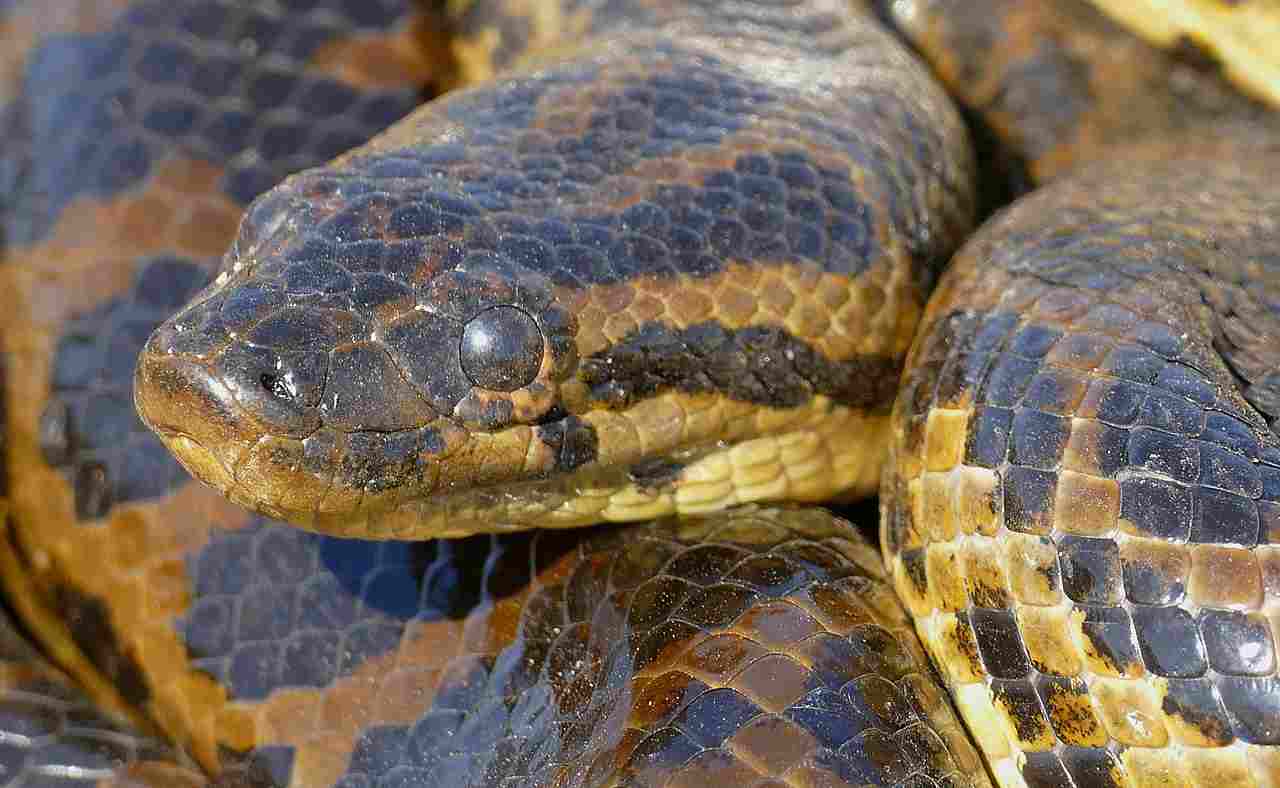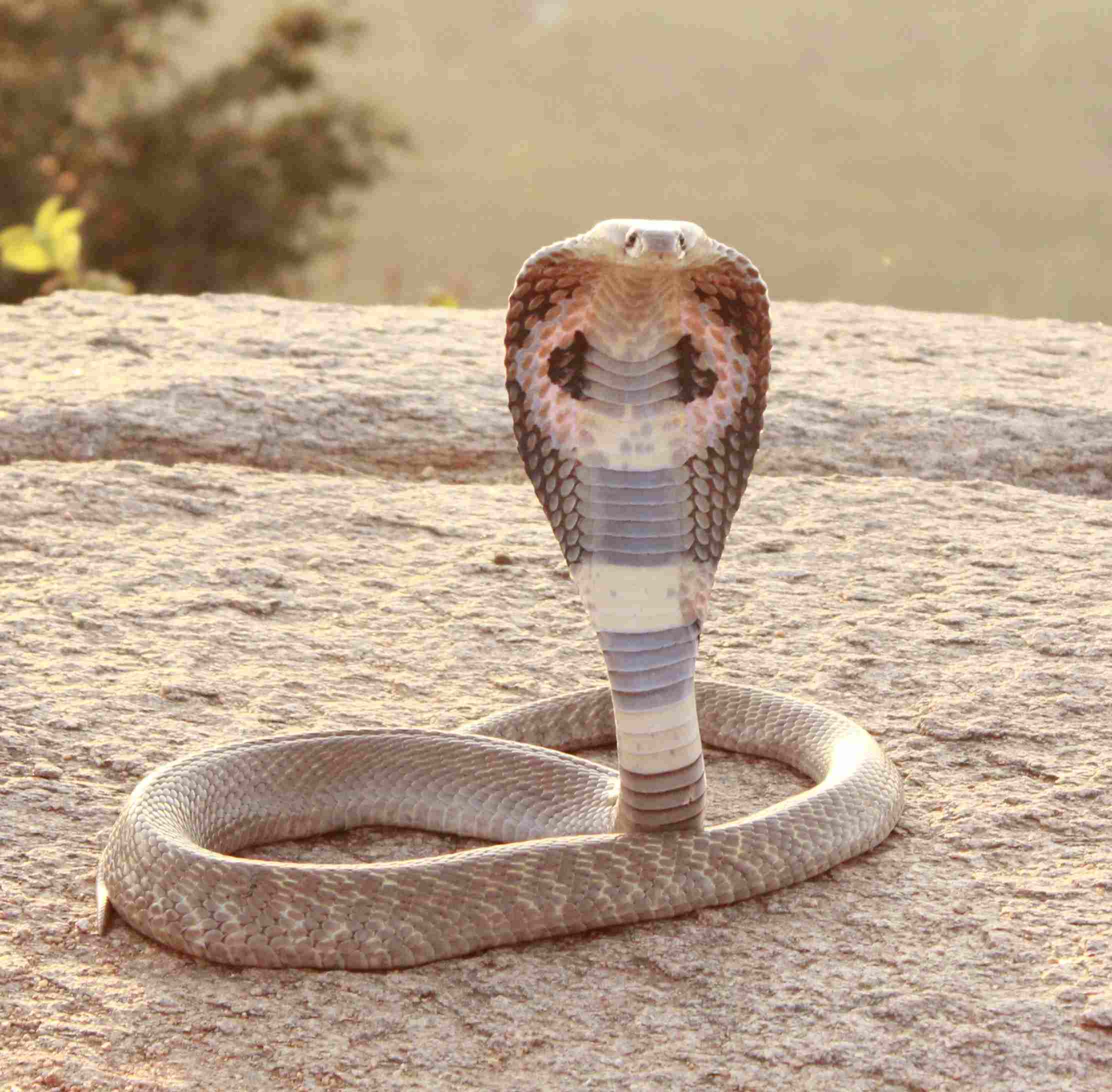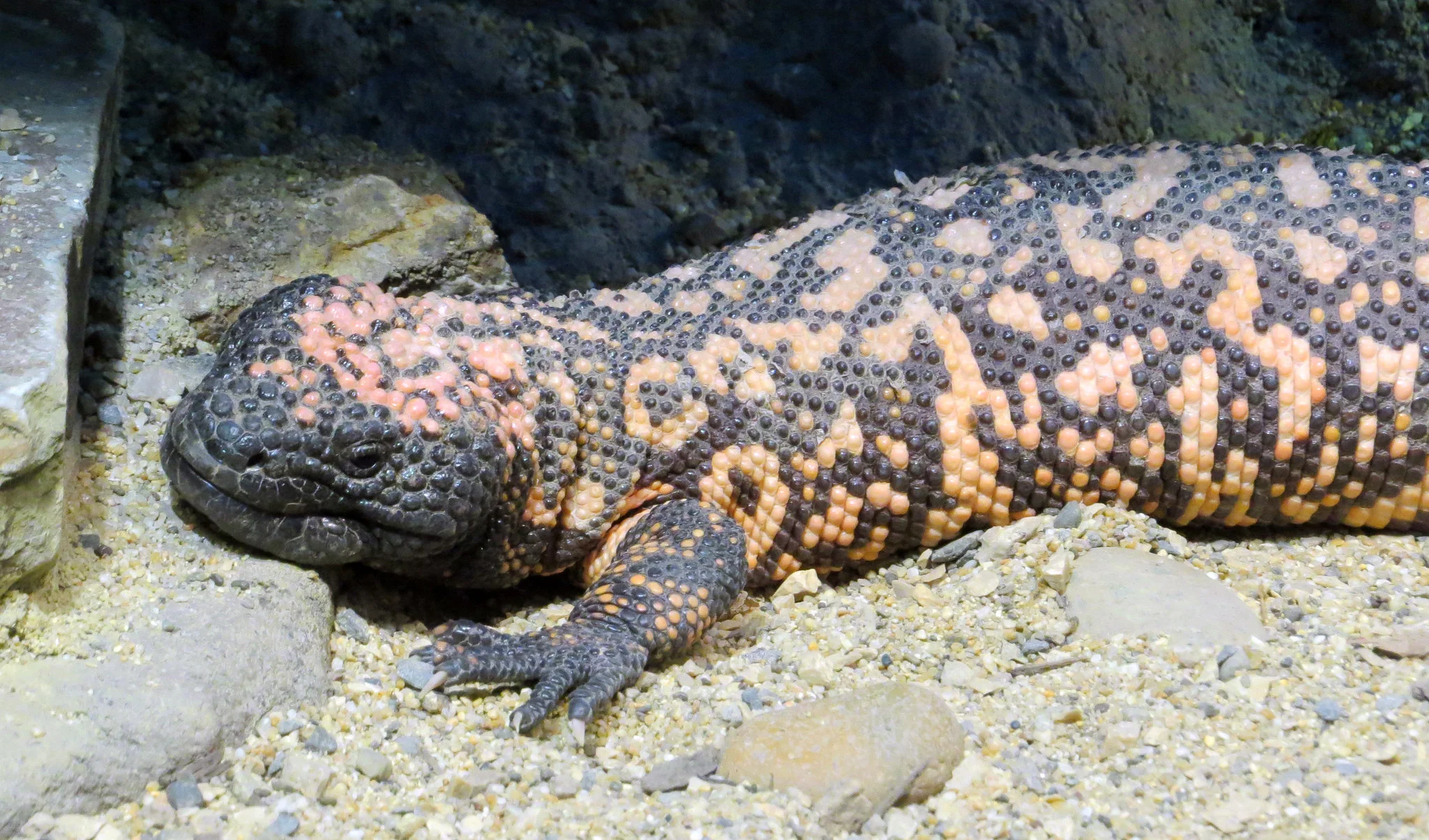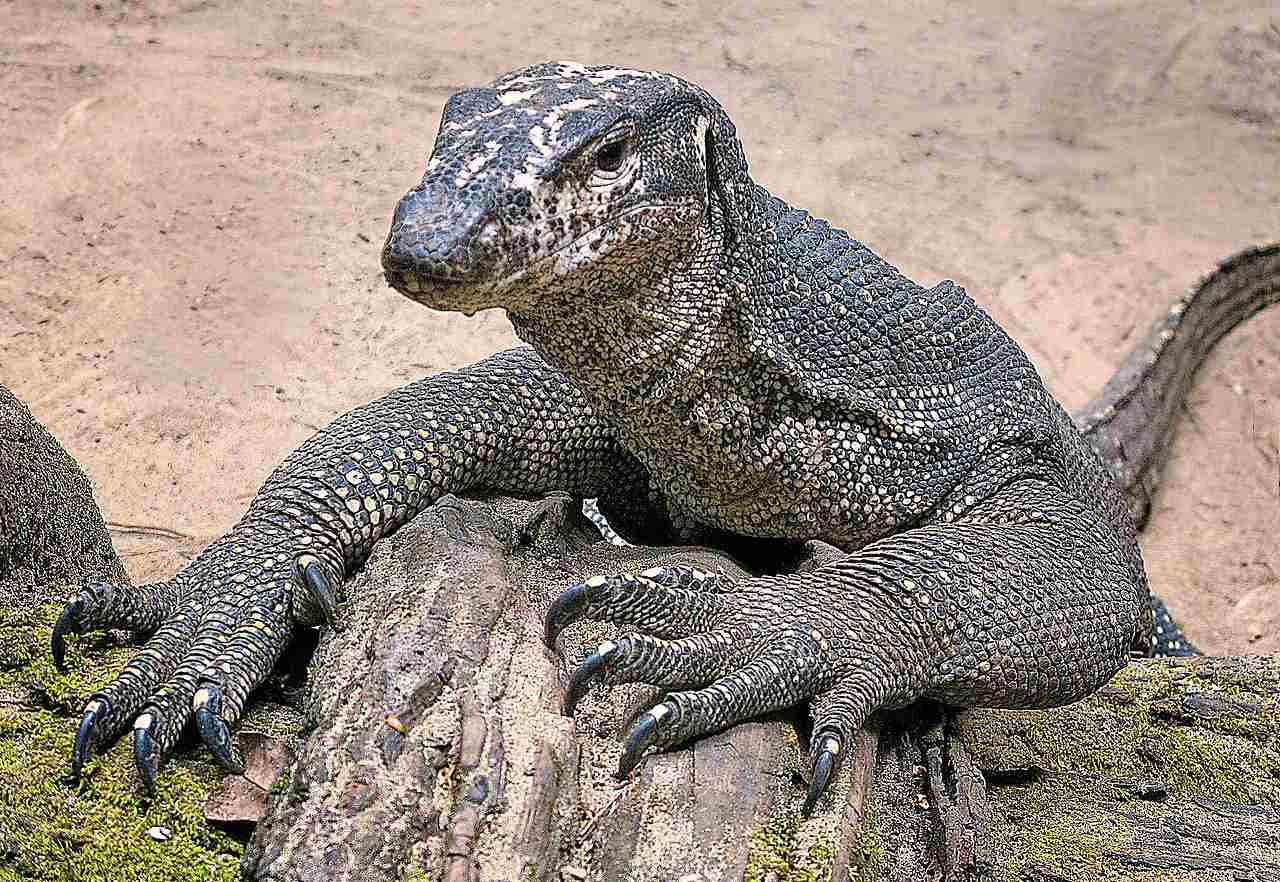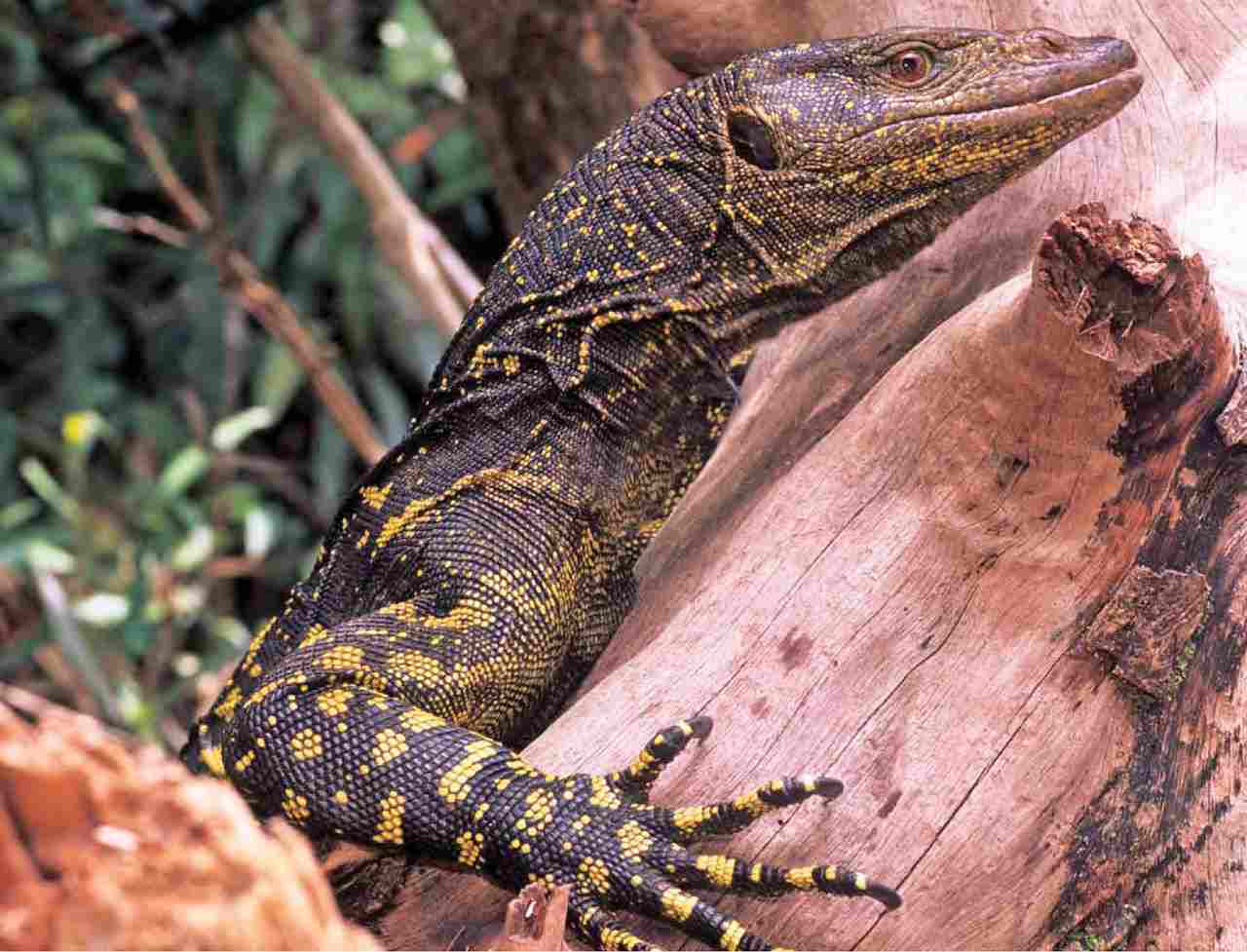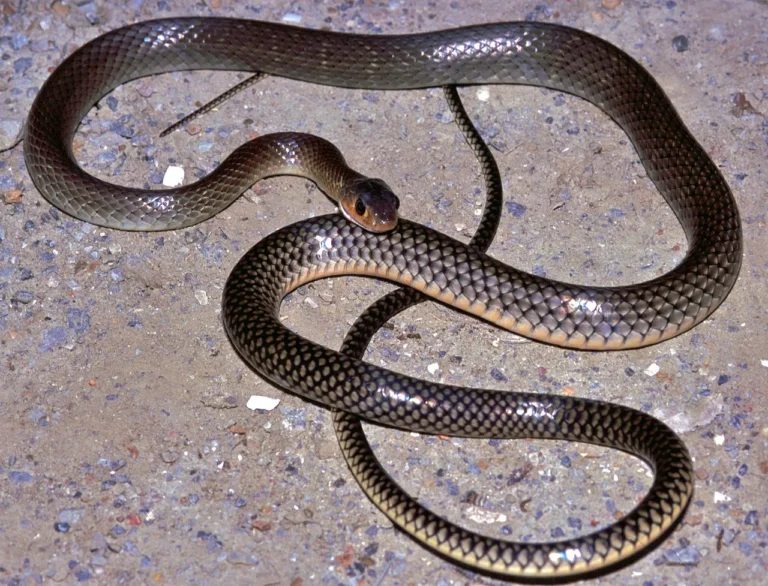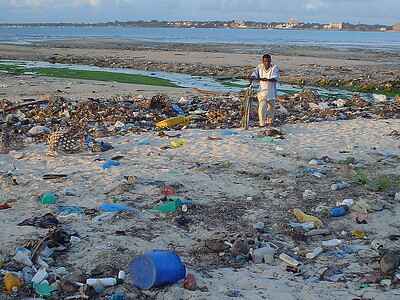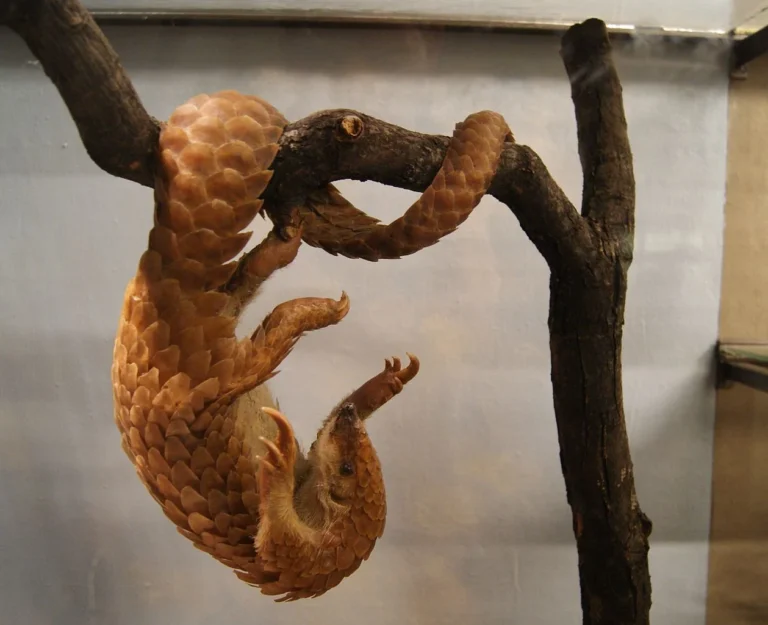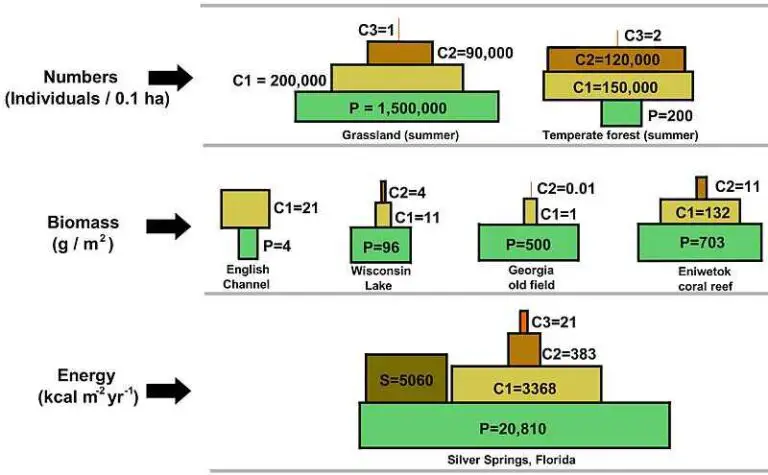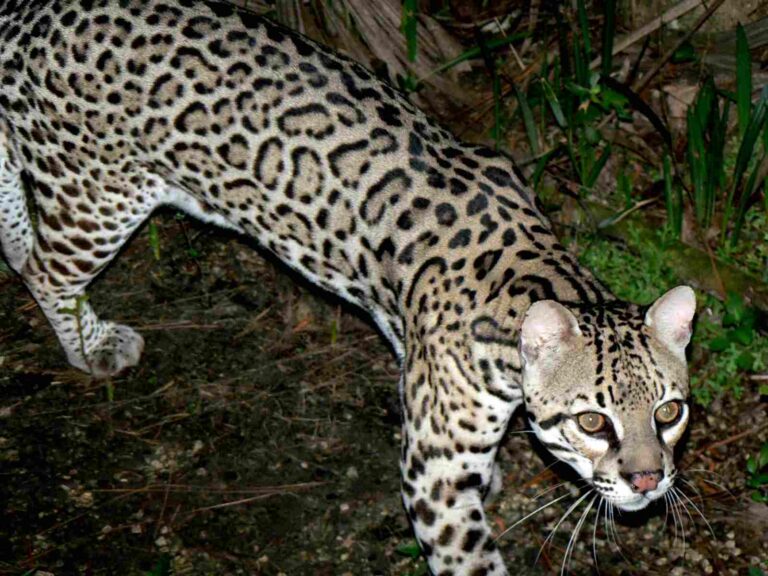Komodo Dragon Vs Crocodile Size, Weight, Overall Comparison
Comparing the Komodo dragon and crocodile reveals intriguing similarities as large reptiles and ambush predators. Both share characteristics such as their impressive size and ambush-based hunting strategies. However, in a direct confrontation, the crocodile holds a clear advantage with its larger size, greater weight, strength, speed, and a powerful bite force. While the Komodo dragon possesses venomous secretions, this advantage would likely offer little chance against the formidable attributes of the crocodile.
I. Komodo Dragon vs Crocodile: An Overview of Similarities:
– Komodo dragons and crocodiles share commonalities as large reptiles and ambush predators. Their imposing size and predatory behaviors contribute to their roles as top predators in their respective habitats.
II. Crocodile vs Komodo Dragon Who Would Win in a Fight:
– In a real-life encounter between a crocodile and a Komodo dragon, the crocodile is the favored winner. The crocodile’s larger size, greater weight, strength, speed, and formidable bite force provide it with a significant advantage in a direct confrontation. Despite the Komodo dragon’s possession of venomous secretions, this attribute is likely to offer minimal defense against the overwhelming physical advantages of the crocodile.
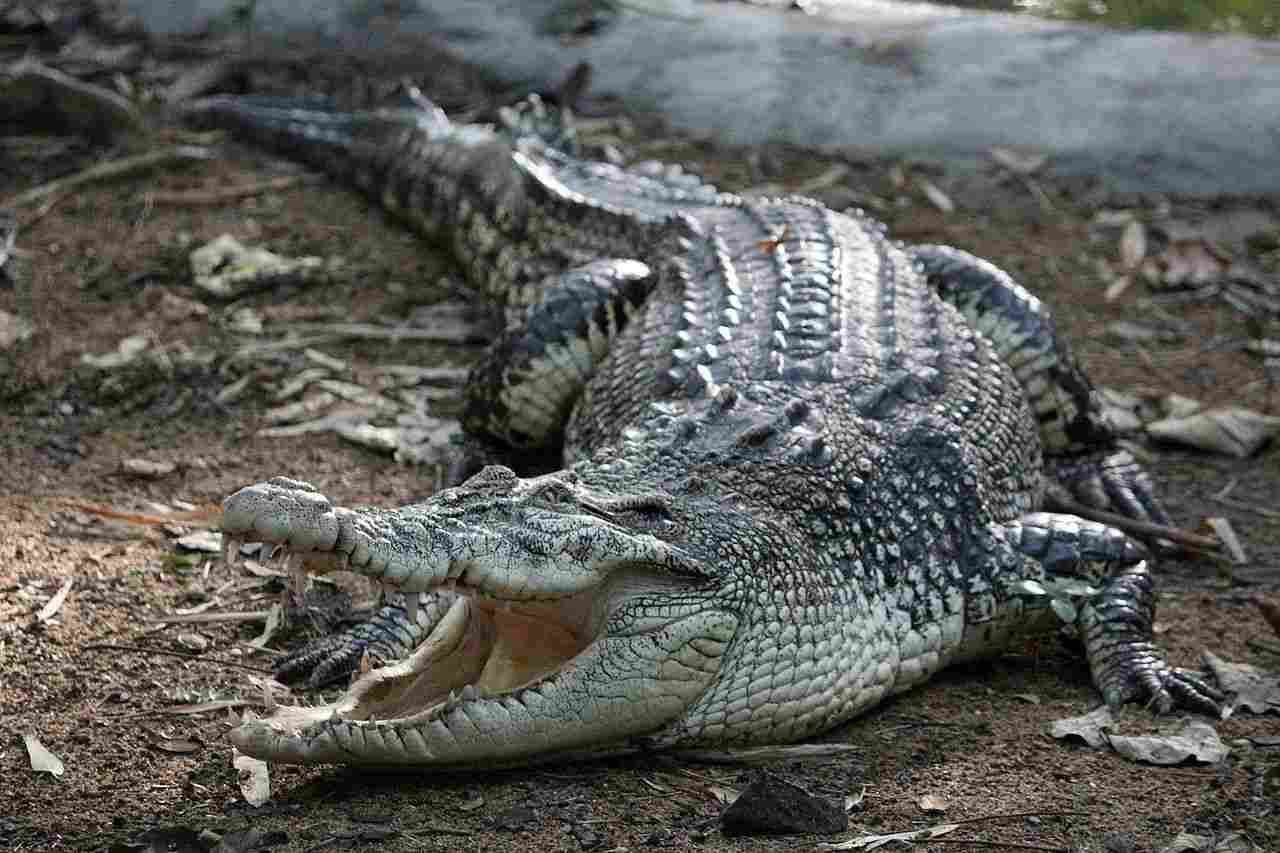
III. Size and Physical Strength:
– Crocodiles, renowned for their massive size and physical strength, surpass Komodo dragons in terms of sheer power. The crocodile’s larger body, heavier build, and muscular strength contribute to its dominance in confrontational situations.
IV. Speed and Agility:
– Crocodiles exhibit superior speed and agility compared to Komodo dragons. Their streamlined bodies and powerful tails enable swift movements in water, enhancing their ability to overpower prey and potential adversaries.
V. Bite Force and Jaws:
– One of the key advantages of crocodiles lies in their formidable bite force and large jaws. The strength of a crocodile’s bite is significantly greater than that of a Komodo dragon, allowing it to exert powerful and efficient control over its prey.
VI. Venomous Secretions of Komodo Dragons:
– Komodo dragons possess venomous saliva, a unique adaptation among reptiles. While this feature aids in subduing prey, it may offer limited effectiveness against the overwhelming physical attributes and defenses of a crocodile.
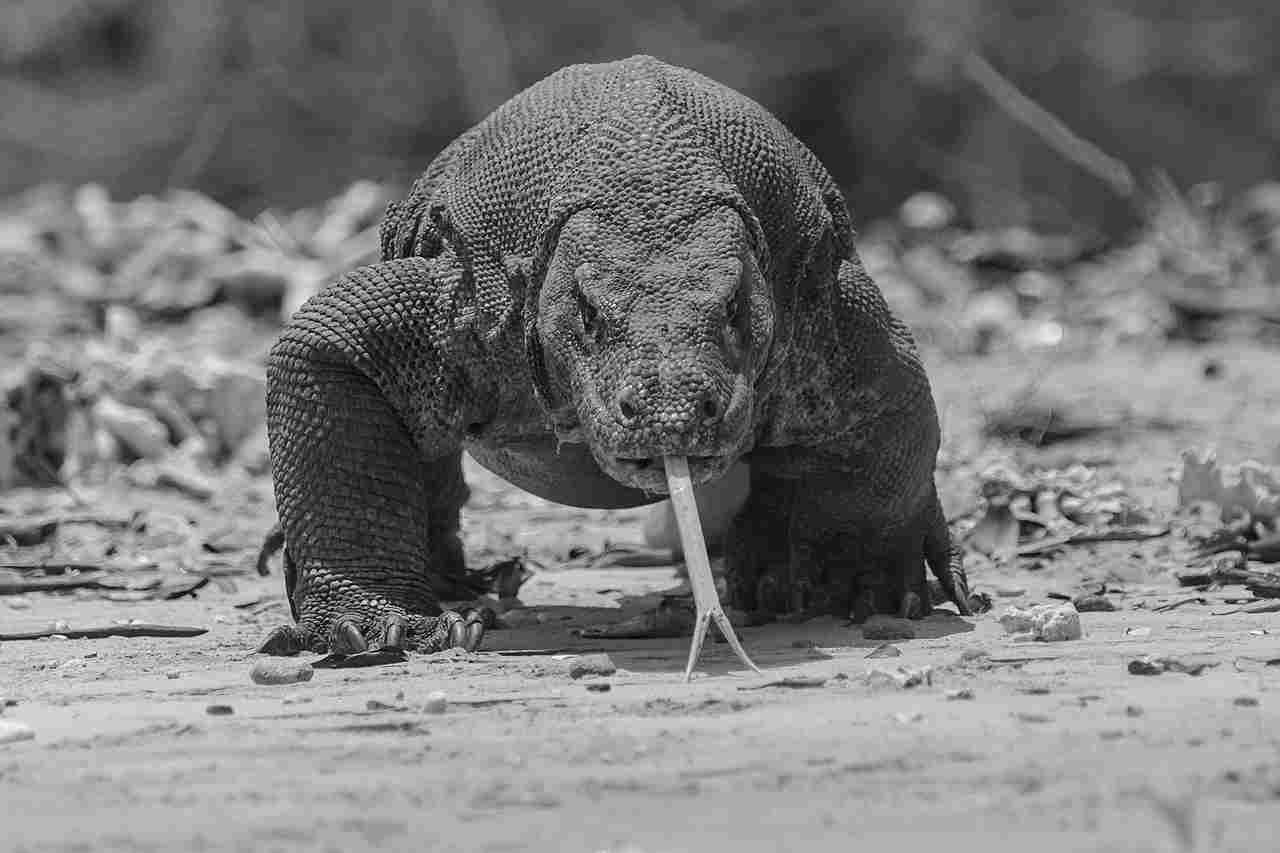
VII. Habitat Adaptations:
– Both species have adapted to their respective environments, with crocodiles thriving in aquatic habitats and Komodo dragons predominantly inhabiting islands in Indonesia. These habitat adaptations further contribute to their unique roles within their ecosystems.
VIII. Conservation Considerations:
– Recognizing the distinct characteristics and roles of Komodo dragons and crocodiles is crucial for conservation efforts. Preserving the habitats of these apex predators ensures the ecological balance and biodiversity within their respective ecosystems.
*Details of Comparison
| Criteria | Komodo Dragon | Crocodile |
| Taxonomy | Kingdom: Animalia |
Kingdom: Animalia
|
| Phylum: Chordata |
Phylum: Chordata
|
|
| Class: Reptilia | Class: Reptilia | |
| Order: Squamata |
Order: Crocodylia
|
|
| Family: Varanidae | Various Families | |
| Genus: Varanus | Various Genera | |
| Species: V. komodoensis | Various Species | |
| Appearance | Robust build, armored scales, gray/brown |
Streamlined body, thick scaly skin, variable
|
| colors | ||
| Size | 7 to 10 feet |
Varies by species, some over 20 feet
|
| Weight | 150 to 200 pounds |
Varies by species, some over 2,000 pounds
|
| Bite Force (PSI) | 30 to 60 PSI |
Varied, some exceeding 3,000 PSI
|
| Physical Offensive Adv. | Strong tail, serrated teeth, venom |
Powerful jaws, swift striking, ambush tactics
|
| Physical Defensive Adv. | Tough, scaly skin, size, agility |
Thick, armored skin, aquatic evasion
|
| Speed | Approximately 12 km/h |
Up to 20 km/h on land, adept swimmers
|
| Agility | Land agility, tree climbing |
Aquatic agility, short bursts on land
|
| Senses | Keen smell, vision, forked tongue |
Acute eyesight, pressure receptors on skin
|
| Overall Physical Capacity | Strength, agility, specialized features |
Strength, agility, aquatic adaptation
|
| Habitat Preference | Indonesian islands |
Various aquatic environments, widespread
|
| Tracks | Claw marks, distinctive footprints |
Claw marks, webbed footprints
|
| Lifespan | 20 to 30 years |
Varies by species, some over 70 years
|
| Mode of Feeding | Carnivorous, ambush, active hunting |
Carnivorous, ambush, stealthy in water
|
| Intelligence | Moderate intelligence, social behaviors |
Advanced problem-solving, learning
|
| Social Behavior | Generally solitary, occasional social interactions |
Solitary, social, group dynamics
|
| Mode of Reproduction | Sexual reproduction, lay eggs |
Sexual reproduction, lay eggs
|
| Parental Behavior | Limited parental care |
Some species exhibit parental care
|
| Proximity to Human Areas | Limited, tourism-related interactions |
Can inhabit areas close to human settlements
|
| Behavior Toward Humans | Potentially dangerous, caution advised |
Potentially dangerous, caution advised
|
| Danger Posed to Humans | Potential danger, severity varies |
Potential danger, severity varies
|
| Associated Precautions | Caution, maintaining safe distance |
Understanding behavior, respecting habitats
|
| Conservation Status | Vulnerable |
Varies by species, some least concern, others endangered
|
Key Points
- Both Komodo dragons and crocodiles are apex predators in their respective habitats.
- They share a similar mode of reproduction involving the laying of eggs.
- Differences include size, lifespan, social behaviors, and conservation status.
- Both species can be potentially dangerous to humans, with precautions advised.
- Conservation efforts are crucial to maintaining biodiversity and ecological balance, emphasizing the need for habitat protection and sustainable practices.
1. Taxonomy:
Komodo Dragon
Kingdom: Animalia
Phylum: Chordata
Class: Reptilia
Order: Squamata
Family: Varanidae
Genus: Varanus
Species: V. komodoensis
Crocodile
Kingdom: Animalia
Phylum: Chordata
Class: Reptilia
Order: Crocodylia
Family: Various species belong to different families, such as Crocodylidae and Alligatoridae.
Genus: Various genera based on species.
Species: Various species, e.g., Crocodylus porosus (Saltwater crocodile)
2. Appearance:
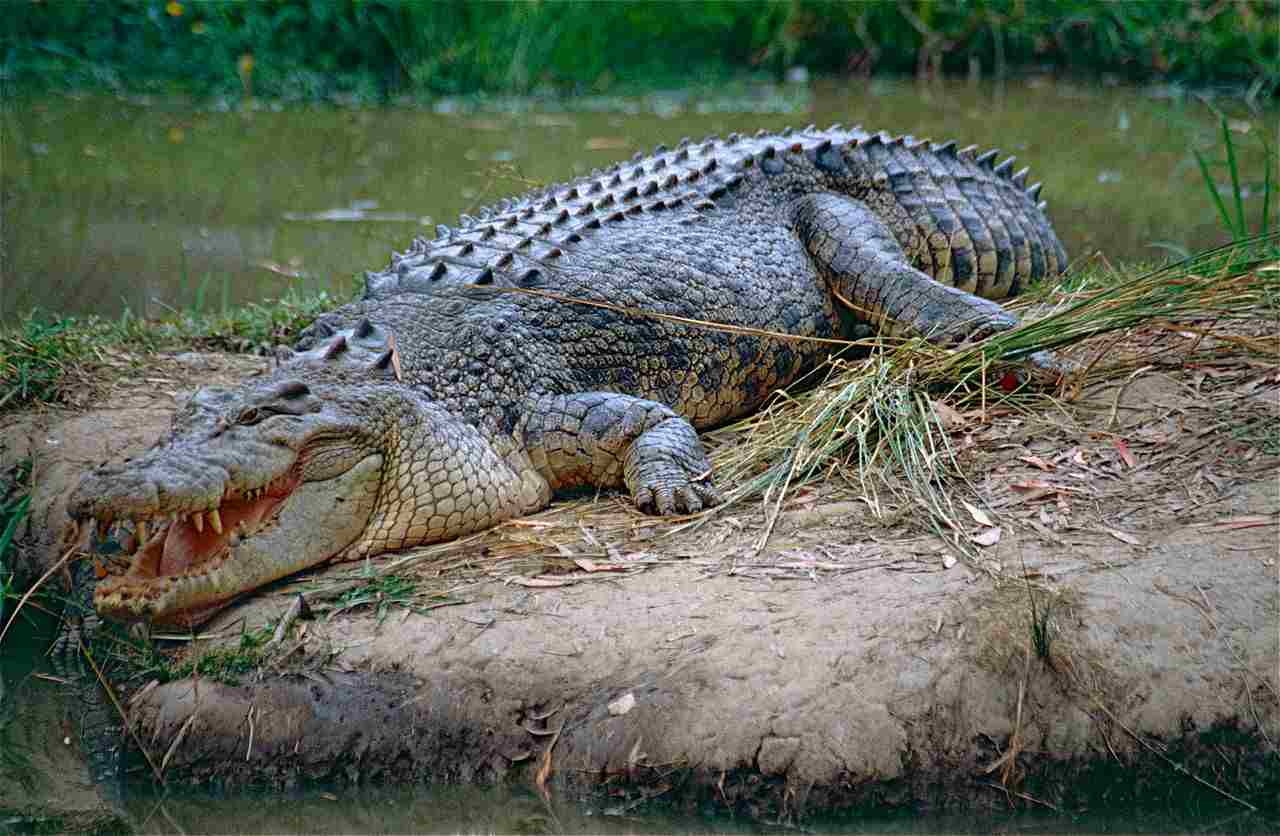
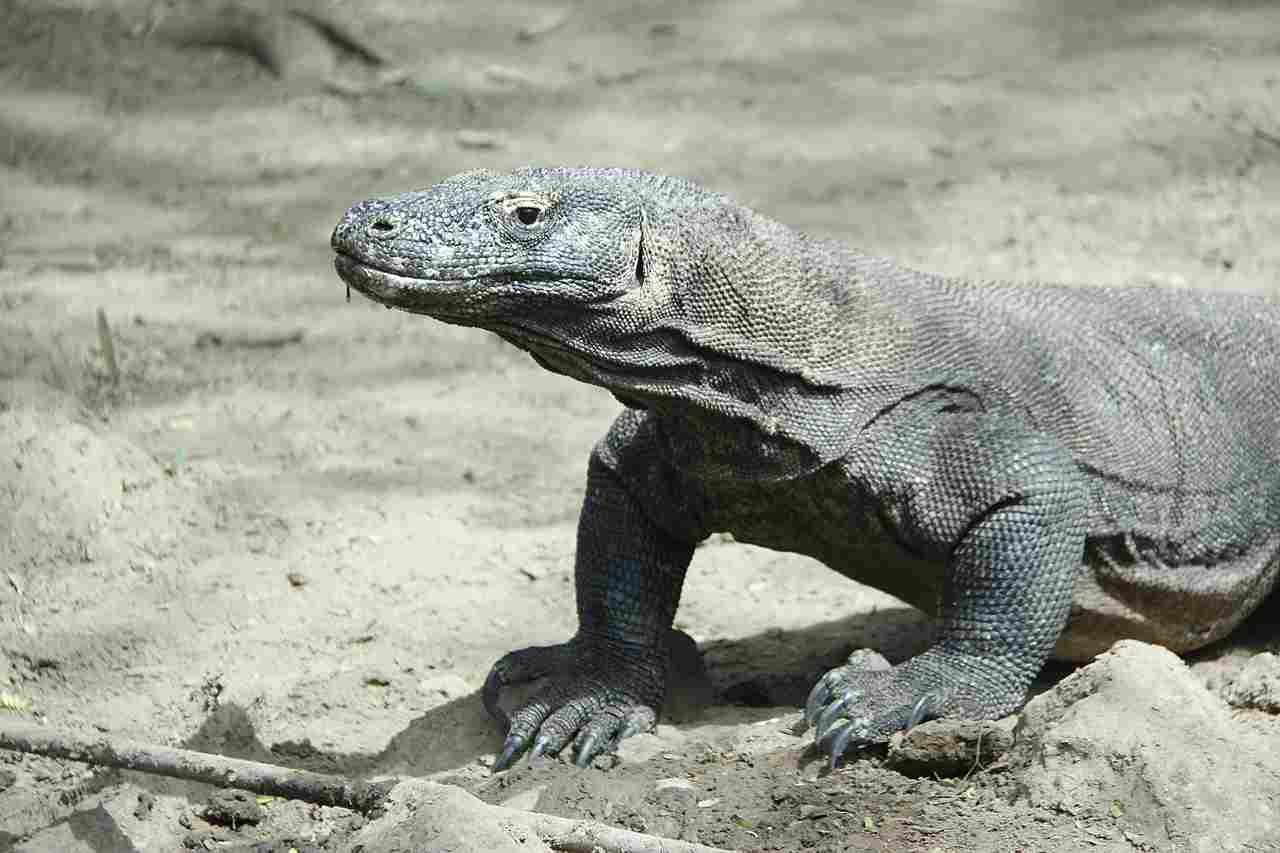
Komodo Dragon
Komodo dragons exhibit a robust build with a compressed, muscular tail and a distinctive set of curved, serrated teeth.
Their skin is rough, covered in armored scales, often in shades of gray or brown, providing camouflage in their natural habitat.
Crocodile
Crocodiles feature a streamlined body, adapted for aquatic life, with thick, scaly skin. Their elongated snout and sharp teeth are notable.
The skin color varies among species, ranging from light tan to dark green or brown, aiding in ambush hunting.
Comparison:
Both possess adaptations for their respective environments: Komodo dragons for terrestrial hunting, and crocodiles for aquatic ambushes.
Ecological Implications:
The appearance of each species reflects their evolutionary adaptations for survival in their specific ecosystems.
3. Size:
Komodo Dragon
Adult Komodo dragons typically reach lengths of 7 to 10 feet, with males being larger than females.
Size aids in overpowering prey, contributing to their position as apex predators on their islands.
Crocodile
Crocodile species vary in size, with some, like the Saltwater crocodile, reaching lengths exceeding 20 feet.
Large size enhances their ability to capture and subdue prey, making them formidable predators in aquatic environments.
Comparison:
While Komodo dragons are sizable, crocodiles generally achieve larger lengths, especially in aquatic environments.
Ecological Implications:
Size influences the species’ roles as top predators, affecting their impact on the food chain in their respective habitats.
4. Weight:
Komodo Dragon
Adult Komodo dragons typically weigh between 150 to 200 pounds, with males being heavier than females.
Weight contributes to their ability to take down large prey through sheer force.
Crocodile
Crocodile weights vary by species, with some reaching over 2,000 pounds.
Massive weight aids in subduing prey and asserting dominance within their ecosystems.
Comparison:
Crocodiles generally outweigh Komodo dragons, particularly due to their aquatic lifestyle.
Ecological Implications:
Weight influences the ecological role of each species, affecting their position in the food chain and interactions with other organisms.
5. Bite Force (PSI – Pounds per Square Inch):
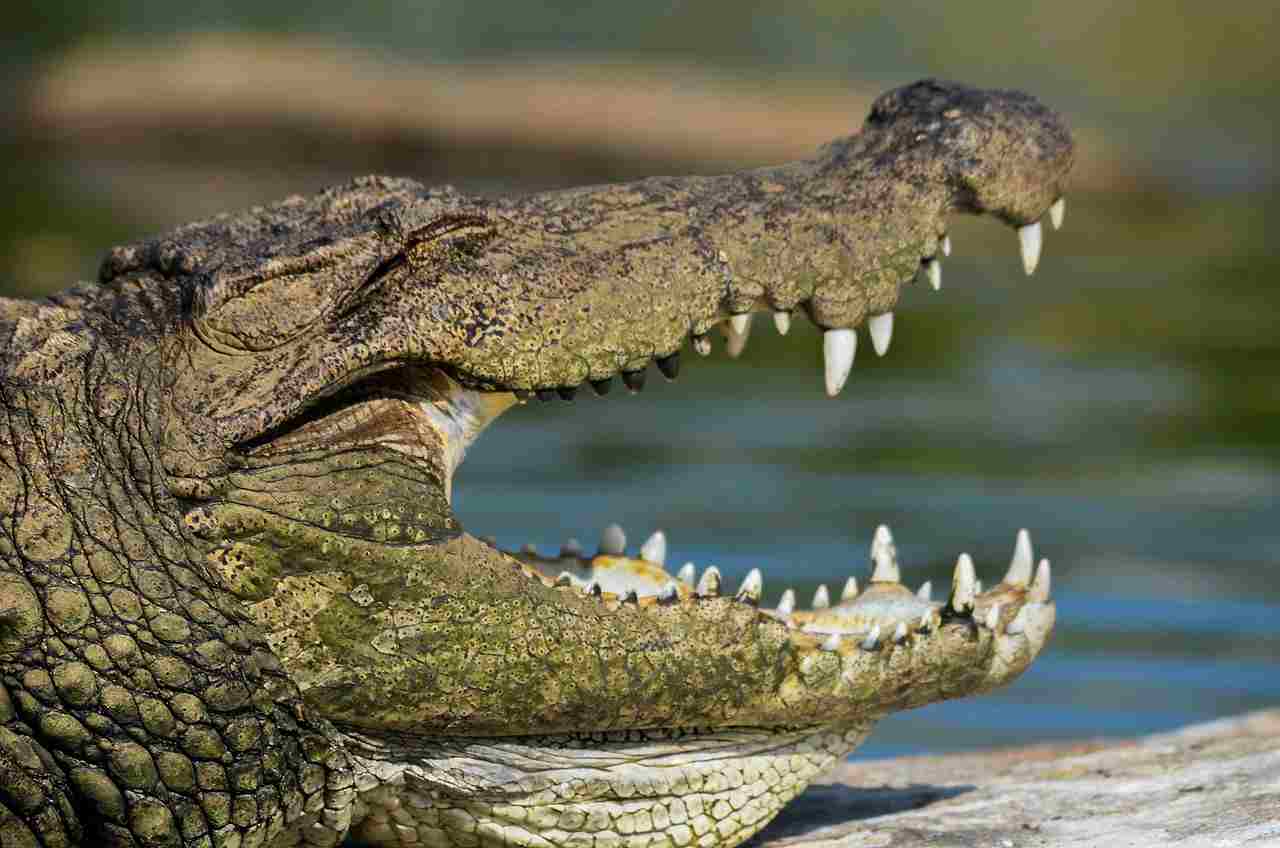
Komodo Dragon
Komodo dragons possess a powerful bite with an estimated PSI ranging from 30 to 60.
Venomous saliva aids in breaking down tissues and incapacitating prey, contributing to their hunting strategy.
Crocodile
Crocodile bite forces vary among species; the Saltwater crocodile has one of the strongest bites, exceeding 3,000 PSI.
Exceptionally strong bites enable crocodiles to capture and hold onto prey, often dragging them into the water.
Comparison:
Crocodiles exhibit significantly stronger bite forces compared to Komodo dragons.
Ecological Implications:
Bite force influences hunting strategies and prey selection, shaping the ecological dynamics of each species in their respective habitats.
6. Physical Offensive Advantages:
Komodo Dragon
Komodo dragons utilize their strong, muscular tails and sharp, serrated teeth for offensive maneuvers during hunting.
Venomous saliva aids in weakening and incapacitating prey over time, allowing the dragon to subdue even large animals.
Crocodile
Crocodiles leverage powerful jaws and a swift striking motion for offensive attacks.
Their ambush hunting strategy, combined with strong bite forces, allows crocodiles to quickly overpower unsuspecting prey.
Comparison:
Both species have distinct offensive adaptations, with Komodo dragons relying on venom and physical strength, while crocodiles excel in ambush attacks.
Ecological Implications:
These offensive advantages contribute to the species’ roles as top predators, shaping their impact on the prey population and overall ecosystem.
7. Physical Defensive Advantages:
Komodo Dragon
Komodo dragons’ tough, scaly skin and formidable size act as defensive mechanisms against potential threats.
Agile movements and the ability to climb trees provide additional means of evading danger.
Crocodile
Crocodiles possess thick, armored skin, offering protection against predators and environmental elements.
Excellent aquatic capabilities, including submerged hiding, enhance their defensive strategies.
Comparison:
Both species exhibit effective defensive adaptations, with Komodo dragons relying on agility and size, while crocodiles emphasize armored skin and aquatic evasion.
Ecological Implications:
Defensive features influence the species’ survival against predation and environmental challenges, impacting their roles in the ecosystem.
8. Speed (Km/hour or Mile/hour):
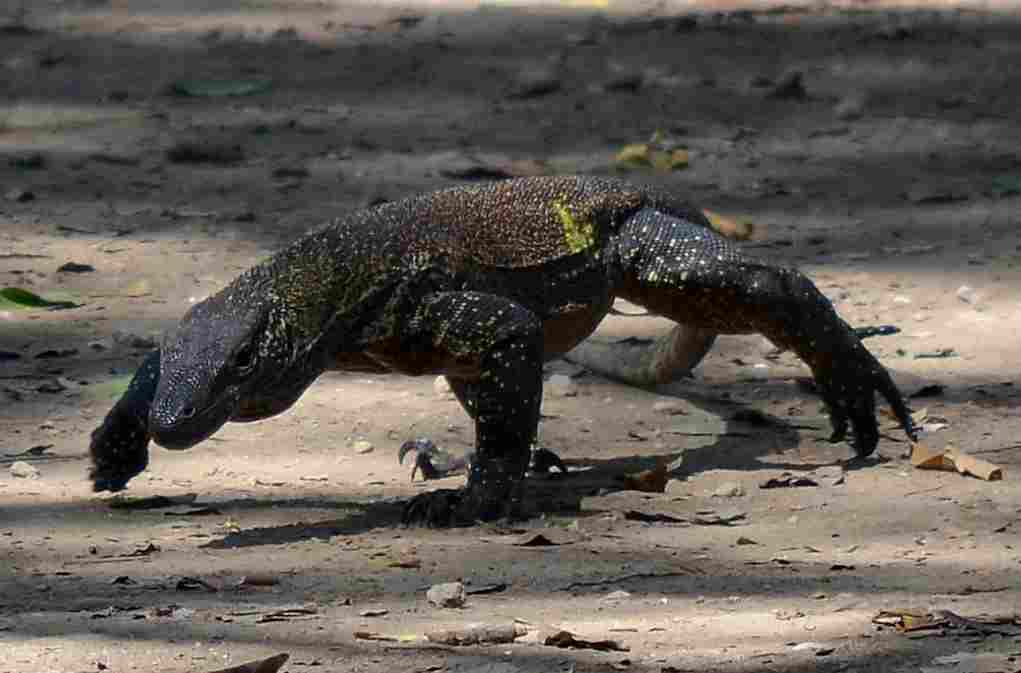
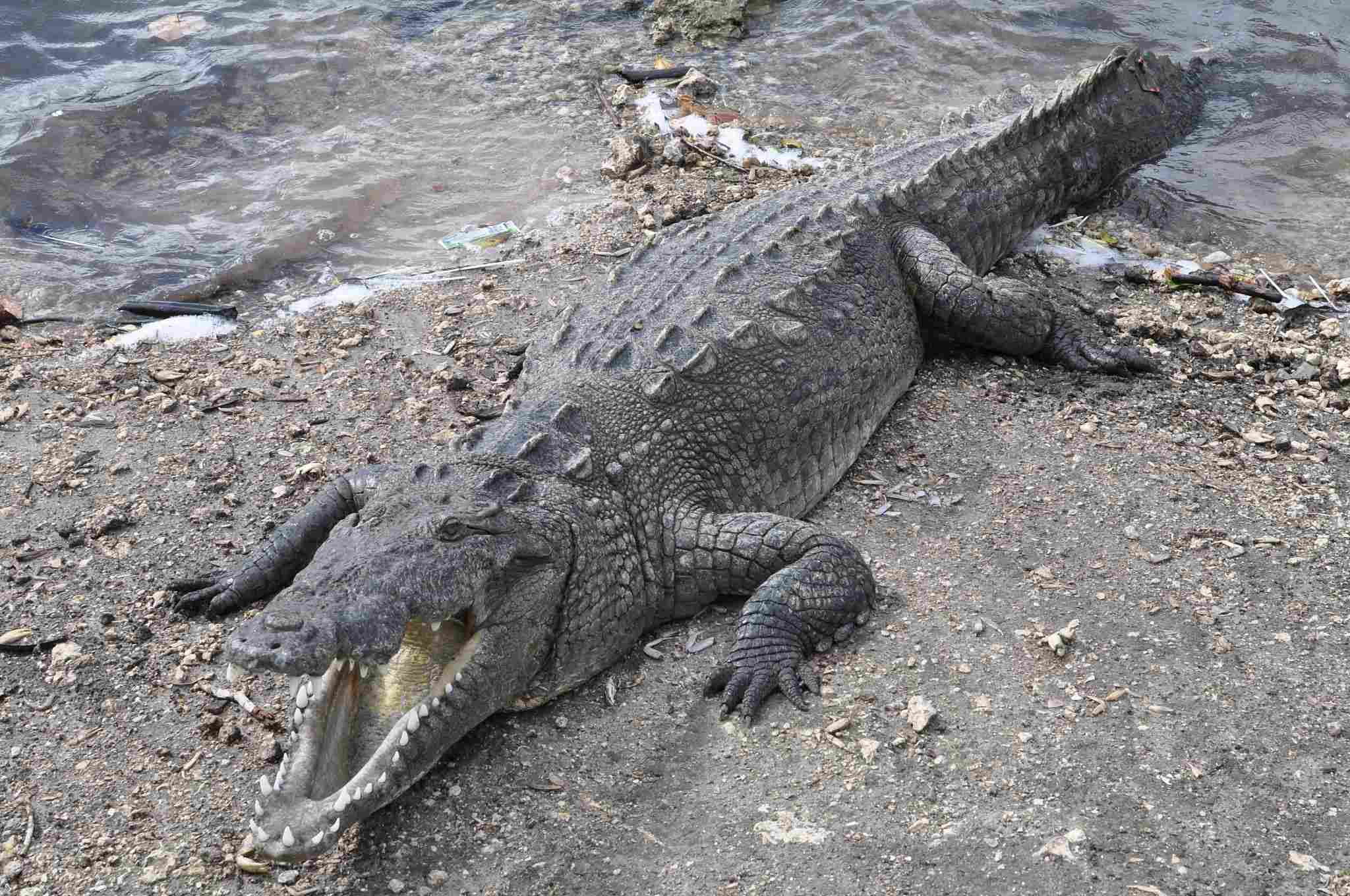
Komodo Dragon
Komodo dragons are relatively slow runners on land, with speeds around 12 km/h (7.5 mph).
They compensate for their lack of speed with patience during stalking and ambush strategies.
Crocodile
Crocodiles are surprisingly fast in short bursts, capable of reaching speeds up to 20 km/h (12 mph) on land.
Their real agility shines in water, where they are adept swimmers.
Comparison:
Crocodiles demonstrate higher speed capabilities, especially in aquatic environments, compared to Komodo dragons.
Ecological Implications:
Speed influences hunting strategies and escape mechanisms, impacting the species’ roles in their respective habitats.
9. Agility:
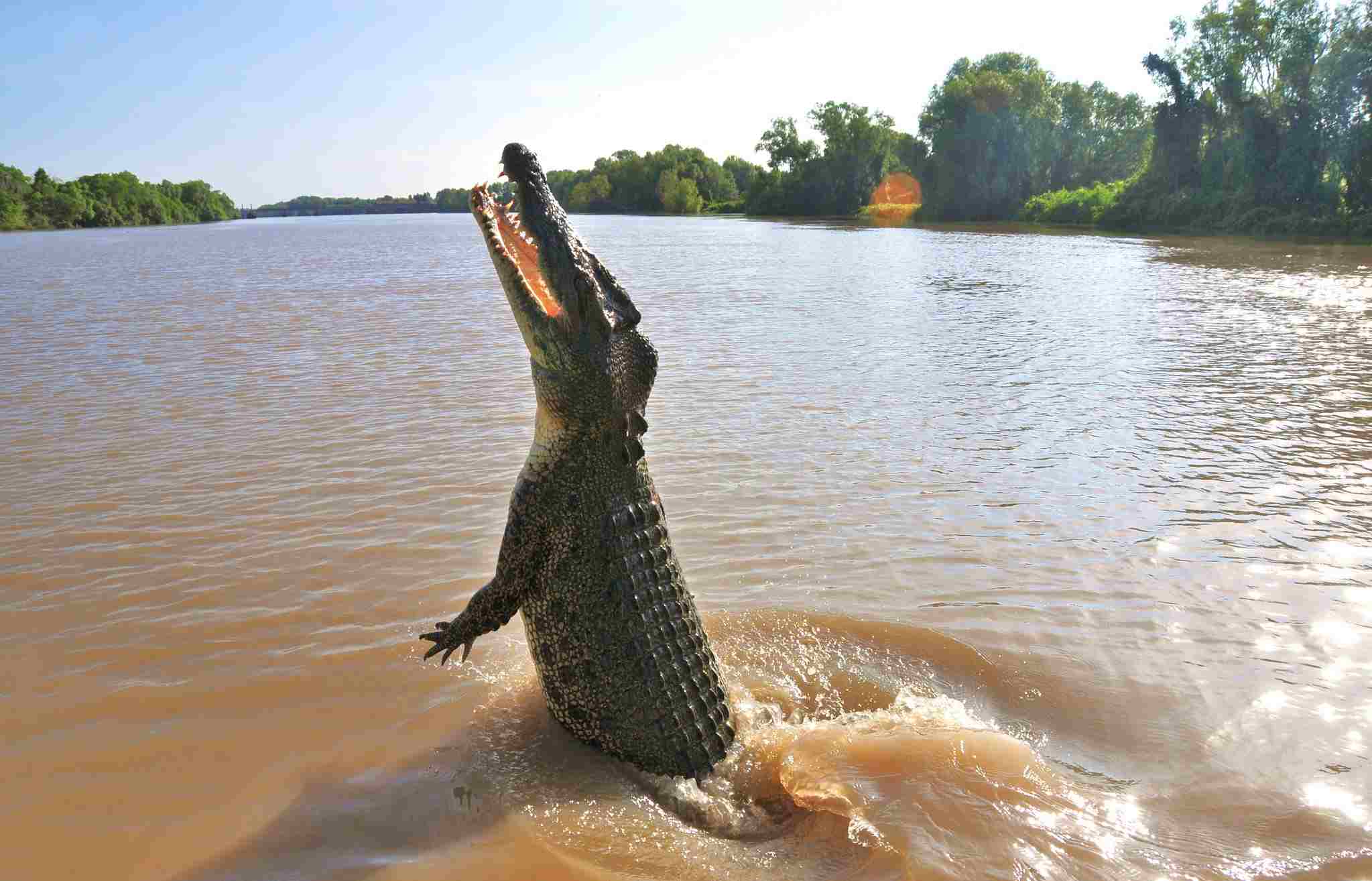
Komodo Dragon
Komodo dragons exhibit agility on land, utilizing quick and precise movements for hunting and evading threats.
Their ability to climb trees adds an extra dimension to their agility.
Crocodile
Crocodiles display remarkable agility in water, using their streamlined bodies for swift and stealthy underwater maneuvers.
On land, they can be surprisingly agile in short bursts.
Comparison:
Komodo dragons showcase agility on land, while crocodiles excel in aquatic environments.
Ecological Implications:
Agility influences hunting strategies and overall mobility, contributing to the species’ adaptability to their respective habitats.
10. Senses:
Komodo Dragon
Komodo dragons have keen senses of smell and vision, enabling them to locate prey over long distances.
Their forked tongues assist in scent detection, while well-developed eyesight aids in identifying movement.
Crocodile
Crocodiles possess highly acute senses, particularly keen eyesight and a sophisticated system of pressure receptors on their skin.
The eyes and nostrils are situated on the top of the head, allowing them to remain mostly submerged while monitoring their surroundings.
Comparison:
Both species rely on enhanced senses for efficient hunting and survival, with Komodo dragons emphasizing scent and vision, while crocodiles prioritize eyesight and pressure receptors.
Ecological Implications:
Senses play a crucial role in the detection of prey and predators, influencing the species’ interactions within their ecosystems.
11. Overall Physical Capacity:
Komodo Dragon
Komodo dragons possess a combination of strength, agility, and venomous capabilities, allowing them to tackle a variety of prey.
Their endurance and patience during hunting contribute to their overall physical prowess.
Crocodile
Crocodiles showcase an impressive blend of strength, speed, and aquatic adaptation, making them formidable predators.
Adaptations for both terrestrial and aquatic environments contribute to their overall physical versatility.
Comparison:
Both species exhibit formidable overall physical capacities, each tailored to their specific habitats and hunting strategies.
Ecological Implications:
The overall physical capacity of each species shapes their roles as top predators, influencing the dynamics of their respective ecosystems.
12. Habitat Preference(s) and Geographic Region:
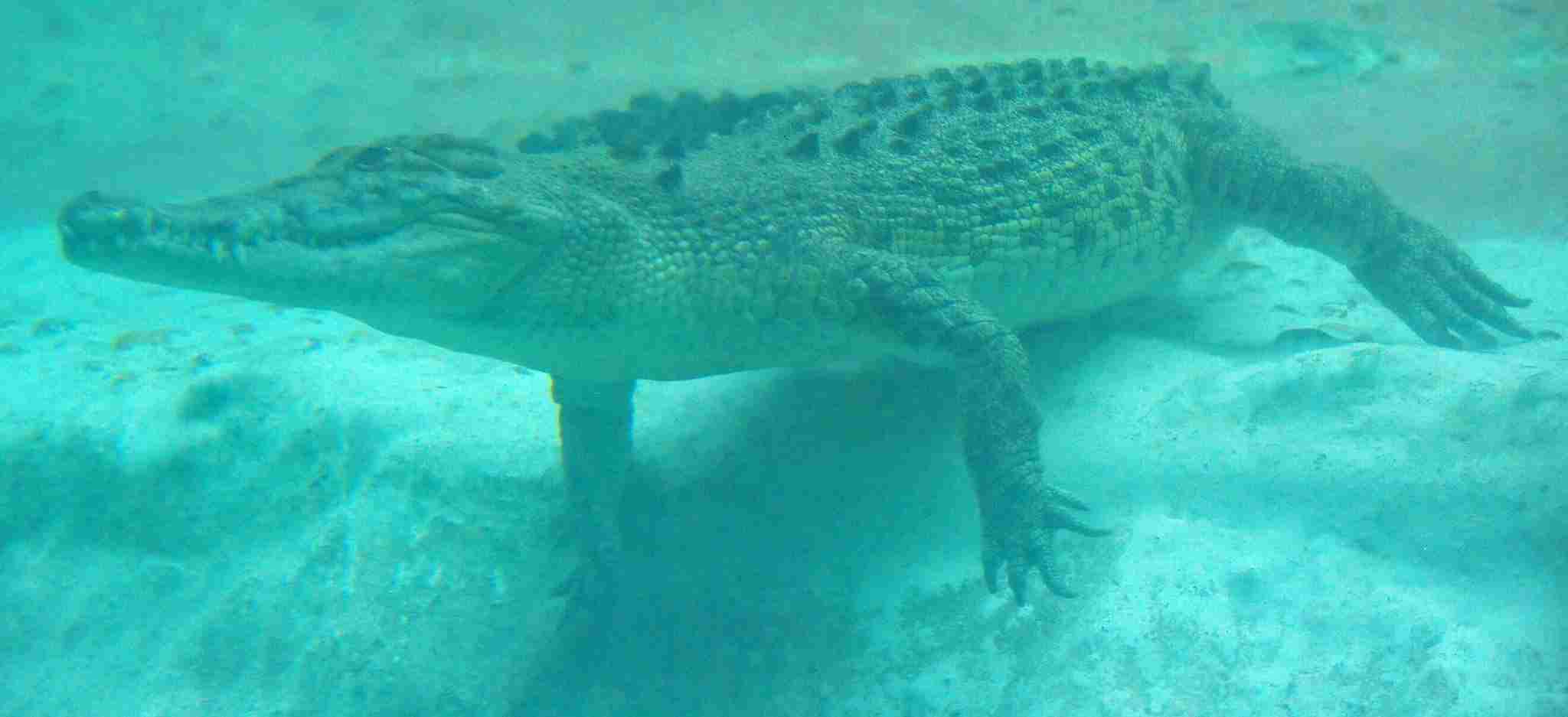
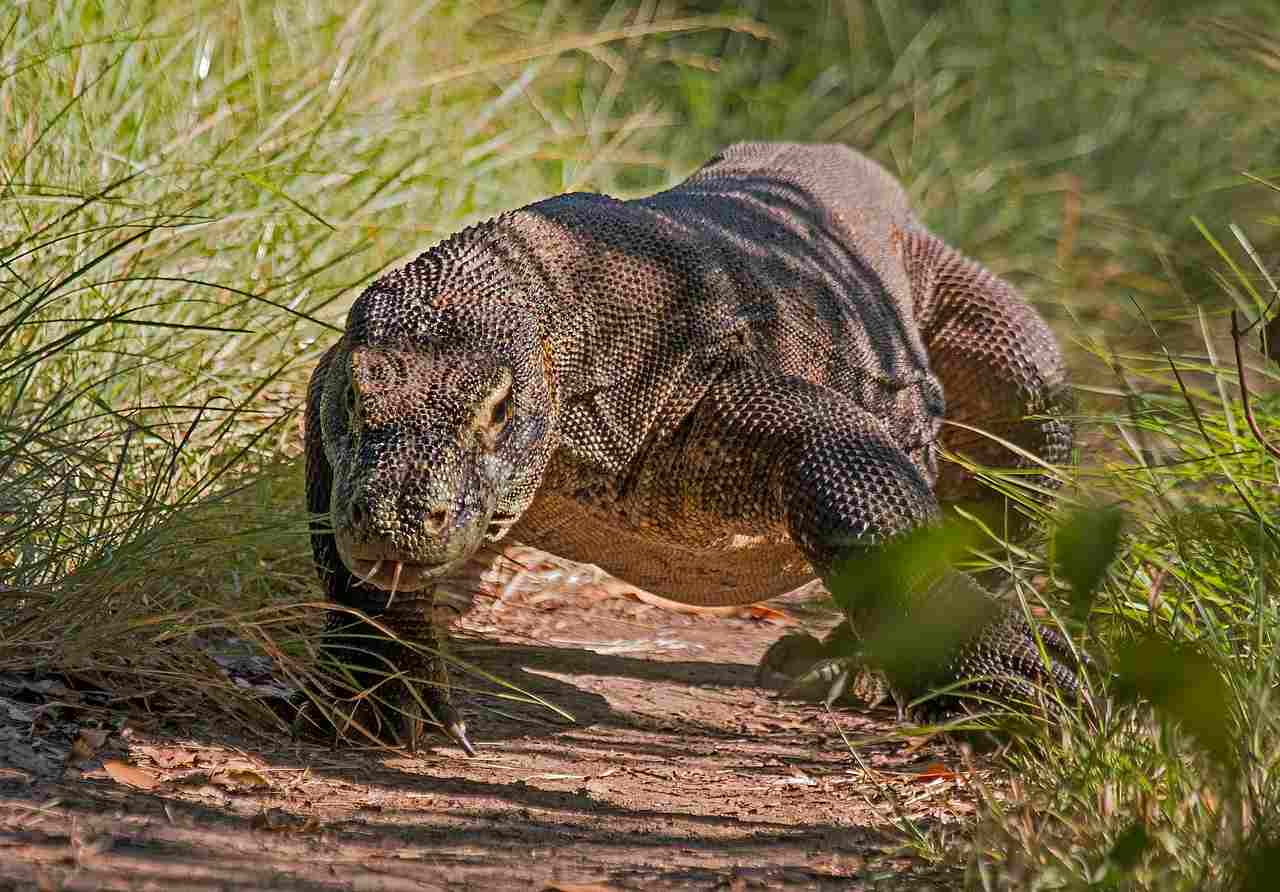
Komodo Dragon
Komodo dragons are native to the Indonesian islands of Komodo, Rinca, Flores, Gili Motang, and Padar.
They prefer dry, open savannas, and tropical forests.
Crocodile
Crocodile species inhabit a wide range of aquatic environments, including rivers, estuaries, lakes, and coastal areas.
They are distributed across various continents, with specific species adapted to specific regions.
Comparison:
While Komodo dragons are island-dwellers in specific regions, crocodile species exhibit a more widespread distribution across diverse aquatic habitats.
Ecological Implications:
Habitat preferences influence the species’ interactions with other organisms and their impact on the local ecosystem.
13. Tracks:
Komodo Dragon
Komodo dragon tracks typically show claw marks and distinctive footprints, reflecting their terrestrial lifestyle.
The tracks may vary based on the substrate but often exhibit a recognizable pattern.
Crocodile
Crocodile tracks are characterized by claw marks and webbed footprints, reflecting their semi-aquatic lifestyle.
The tracks are often observed near water bodies, where crocodiles move between aquatic and terrestrial environments.
Comparison:
Track morphology reflects the distinct lifestyles of each species, with Komodo dragons leaving terrestrial marks and crocodiles showing signs of both aquatic and terrestrial movement.
Ecological Implications:
Tracks provide insights into the species’ movements and behaviors, aiding researchers in understanding their ecological roles.
14. Lifespan:
Komodo Dragon
Komodo dragons have a lifespan of around 20 to 30 years in the wild.
Factors such as predation, disease, and availability of prey contribute to variations in lifespan.
Crocodile
Crocodile lifespans vary by species, with some reaching over 70 years.
Longevity is influenced by environmental conditions, food availability, and successful avoidance of threats.
Comparison:
Crocodiles generally exhibit longer lifespans compared to Komodo dragons.
Ecological Implications:
Lifespan impacts the species’ reproductive strategies and interactions within their ecosystems.
15. Mode of Feeding:
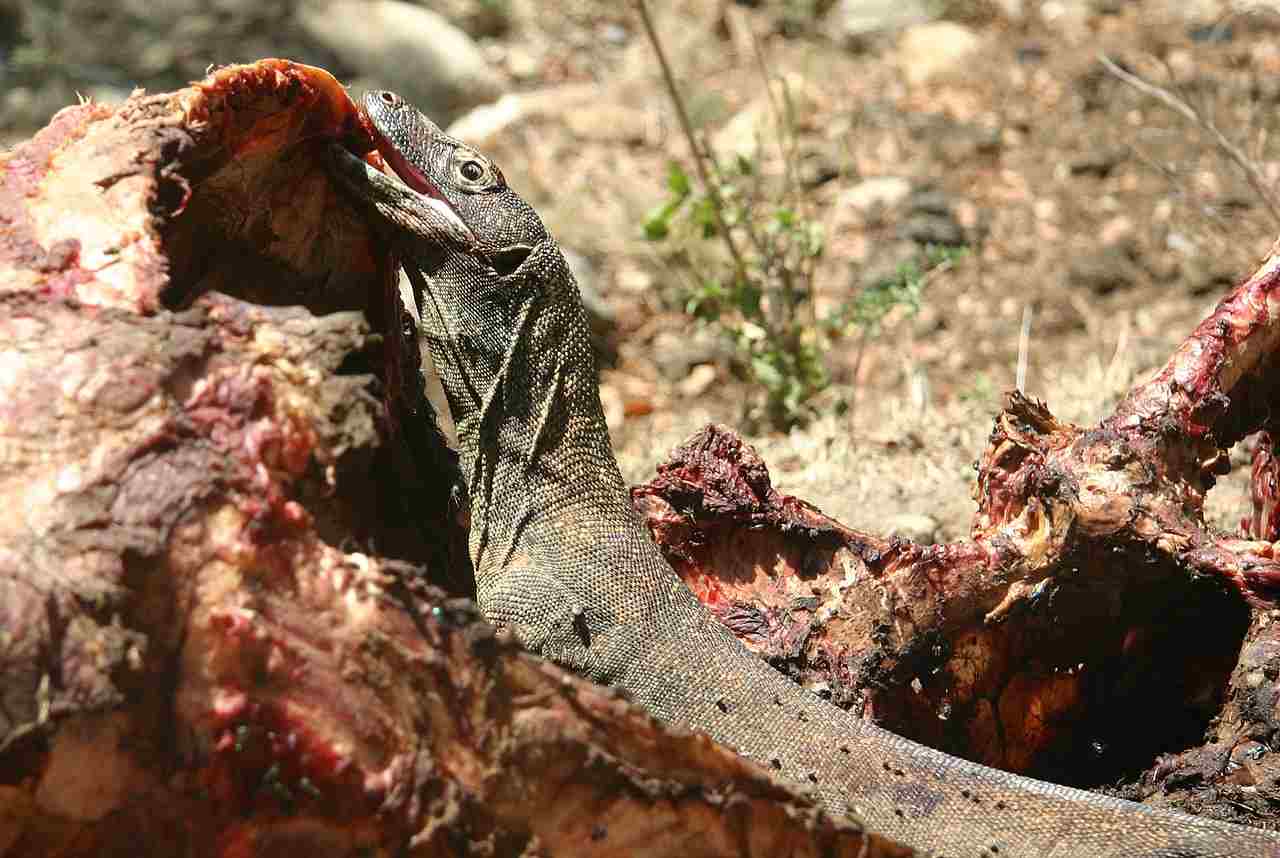
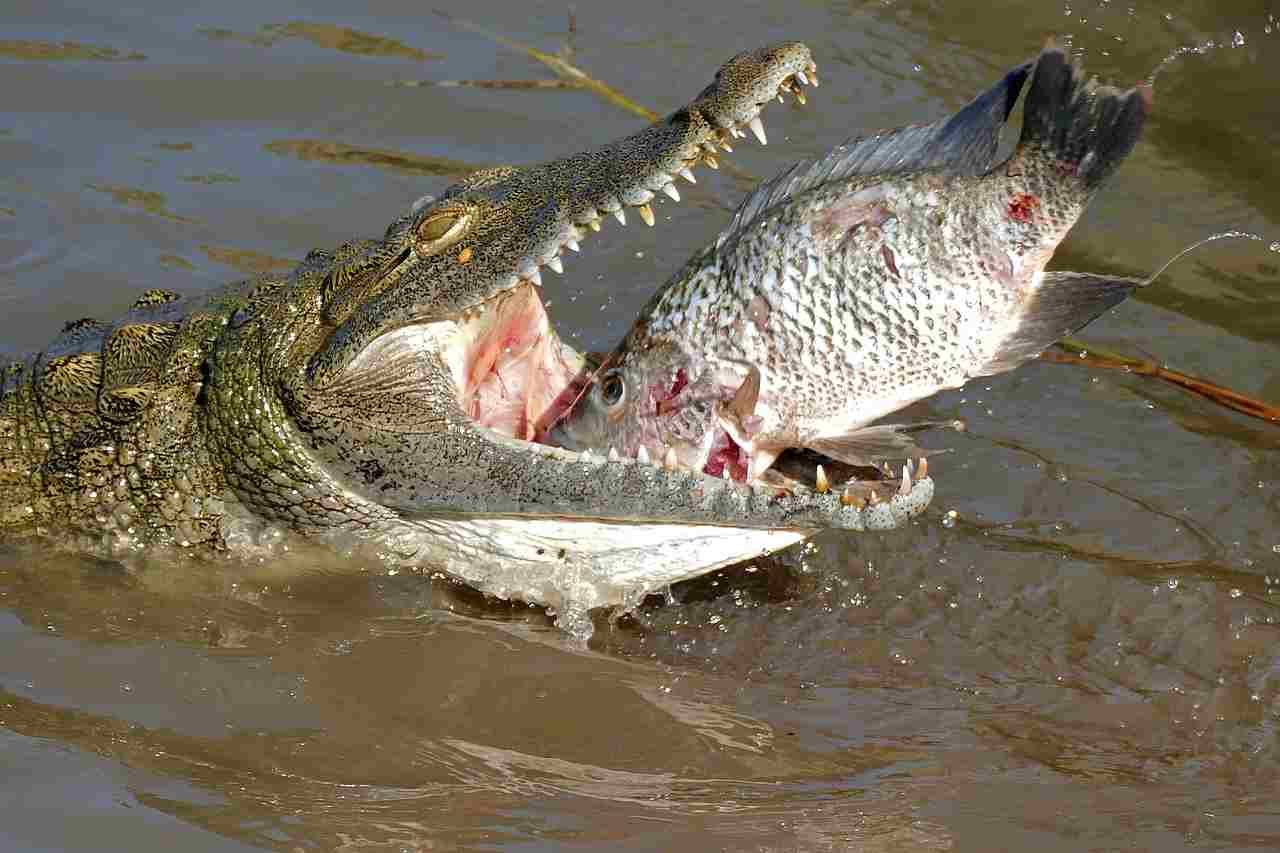
Komodo Dragon
Komodo dragons are carnivorous and primarily feed on a variety of prey, including deer, birds, and smaller reptiles.
Their feeding strategy involves both ambush and active hunting.
Crocodile
Crocodiles are carnivorous predators, feeding on a range of aquatic and terrestrial prey.
They use stealth and ambush tactics in the water, ambushing animals that come near the water’s edge.
Comparison:
Both species are apex predators with carnivorous diets, but their specific prey and hunting methods vary.
Ecological Implications:
Feeding habits influence the prey population, shaping the dynamics of the ecosystem.
16. Intelligence:
Komodo Dragon
Komodo dragons exhibit moderate intelligence, displaying problem-solving skills and social behaviors.
Their ability to coordinate group hunting and interact with other individuals suggests a level of cognitive complexity.
Crocodile
Crocodiles demonstrate advanced problem-solving abilities and learning capabilities.
Their behaviors, such as using tools to hunt or employing cooperative hunting strategies, indicate a higher level of intelligence.
Comparison:
Both species display notable intelligence, with crocodiles often exhibiting more complex behaviors.
Ecological Implications:
Intelligence influences the species’ adaptability and ability to navigate their environments successfully.
17. Social Behavior:
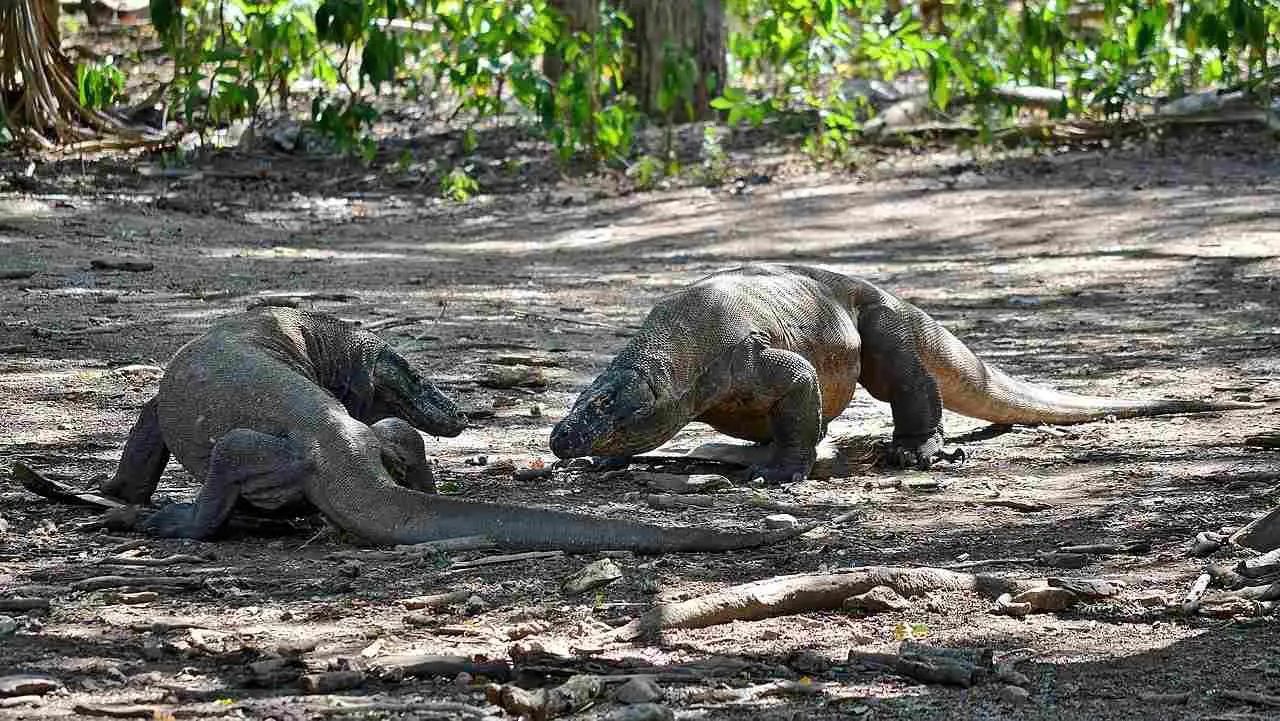
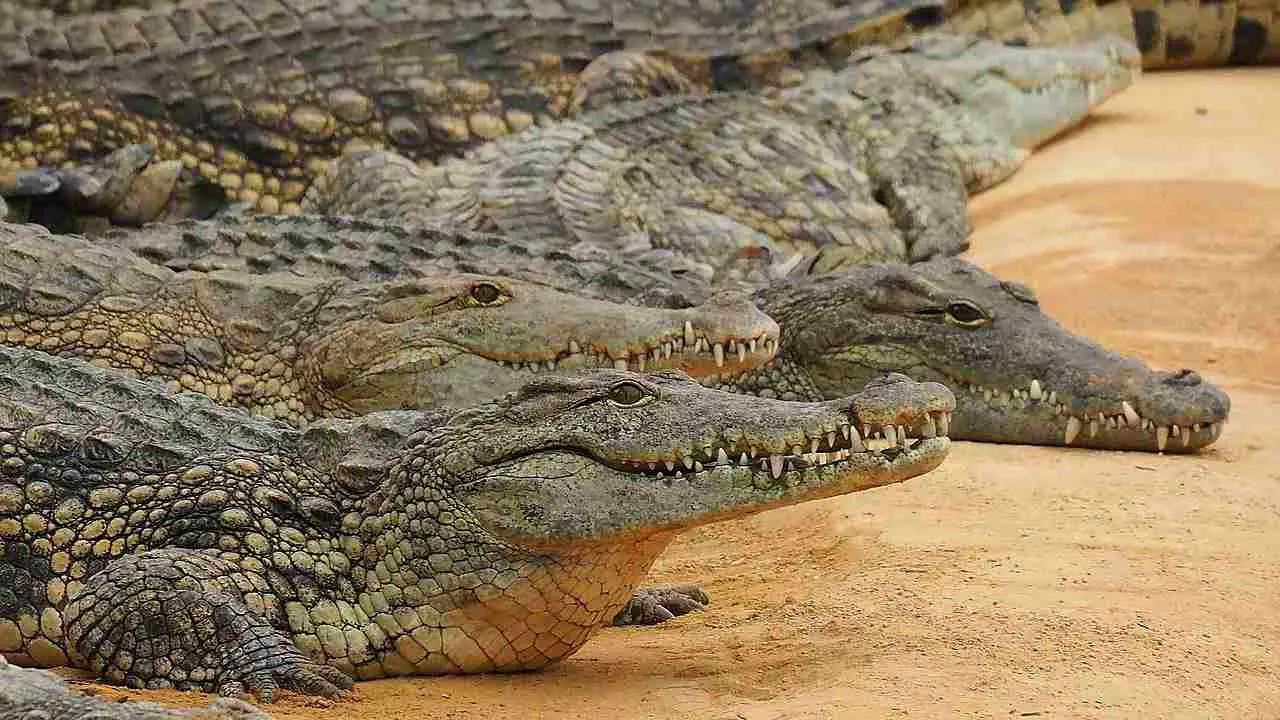
Komodo Dragon
Komodo dragons are generally solitary, but they exhibit social behaviors, including dominance hierarchies.
Cooperative hunting and occasional interactions between individuals suggest a level of social complexity.
Crocodile
Crocodiles are known for displaying both solitary and social behaviors.
During certain times, they may gather in groups, exhibiting social hierarchies and cooperative behaviors.
Comparison:
While both species can be solitary, crocodiles show more diverse social behaviors, including group dynamics.
Ecological Implications:
Social behaviors influence the interactions between individuals and impact the overall structure of the species’ populations in their ecosystems.
18. Mode of Reproduction:
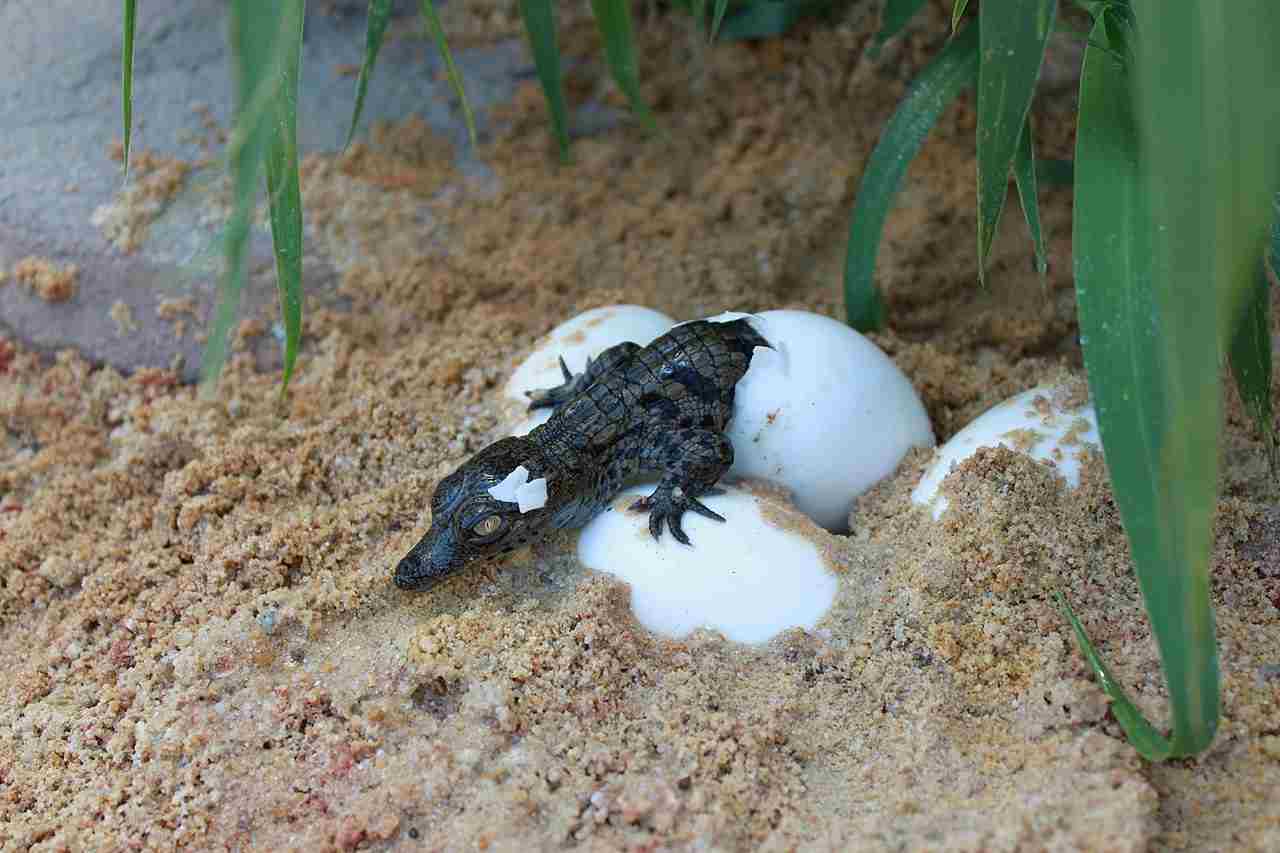
Komodo Dragon
Komodo dragons reproduce through sexual reproduction, with females laying eggs.
Mating involves courtship rituals, and females lay clutches of eggs in nests they dig in the ground.
Crocodile
Crocodiles also reproduce sexually, with females laying eggs in nests.
Courtship involves vocalizations and displays, and females guard their nests during the incubation period.
Comparison:
Both species share a similar mode of reproduction involving the laying of eggs.
Ecological Implications:
Reproductive strategies impact population dynamics and the survival of each species within their ecosystems.
19. Parental Behavior:
Komodo Dragon
Komodo dragon parents do not provide parental care to the hatchlings.
The hatchlings are left to fend for themselves after emerging from the nest.
Crocodile
Some crocodile species exhibit parental care, with mothers guarding the nest and assisting hatchlings to water.
This behavior enhances the survival chances of the offspring.
Comparison:
Crocodile species often display more parental care compared to Komodo dragons.
Ecological Implications:
Parental behaviors influence the survival rates of offspring and contribute to the overall stability of the species’ populations.
20. Proximity to Human-Inhabited Areas:
Komodo Dragon
Komodo dragons are found on relatively remote Indonesian islands, with limited proximity to human settlements.
However, interactions with humans occur due to tourism and encroachment.
Crocodile
Crocodiles may inhabit areas close to human settlements, especially in regions with water bodies.
This proximity increases the likelihood of human-crocodile conflicts.
Comparison:
Crocodiles have a higher probability of coexisting with human populations compared to Komodo dragons.
Ecological Implications:
Human proximity affects the conservation status and survival of each species, with increased risks of conflict and habitat degradation.
21. Behavior Toward Humans:
Komodo Dragon
Komodo dragons generally avoid direct confrontation with humans but may become aggressive if threatened.
Human encounters are relatively rare, but caution is advised due to their size and predatory nature.
Crocodile
Crocodiles may exhibit varying behaviors towards humans, with some species displaying a higher level of aggression.
Encounters with crocodiles can pose significant risks, especially if humans enter their territory.
Comparison:
Both species can be potentially dangerous to humans, with caution recommended during interactions.
Ecological Implications:
Human behavior toward these species and their habitats influences the conservation efforts and coexistence strategies needed to protect both humans and wildlife.
22. Danger Posed to Humans:
Komodo Dragon
Komodo dragons can pose a danger to humans, especially if they feel threatened or if humans enter their territory.
Their powerful bite and potential use of venom make them potentially lethal.
Crocodile
Crocodiles are known to be dangerous to humans, particularly in areas where they coexist.
Aggressive behavior, especially during the breeding season or when protecting nests, can lead to attacks.
Comparison:
Both species pose potential dangers to humans, with the severity varying based on factors like species, habitat, and human behavior.
Ecological Implications:
Interactions with humans impact the conservation status and perceptions of these species, influencing conservation efforts.
23. Associated Precautions:
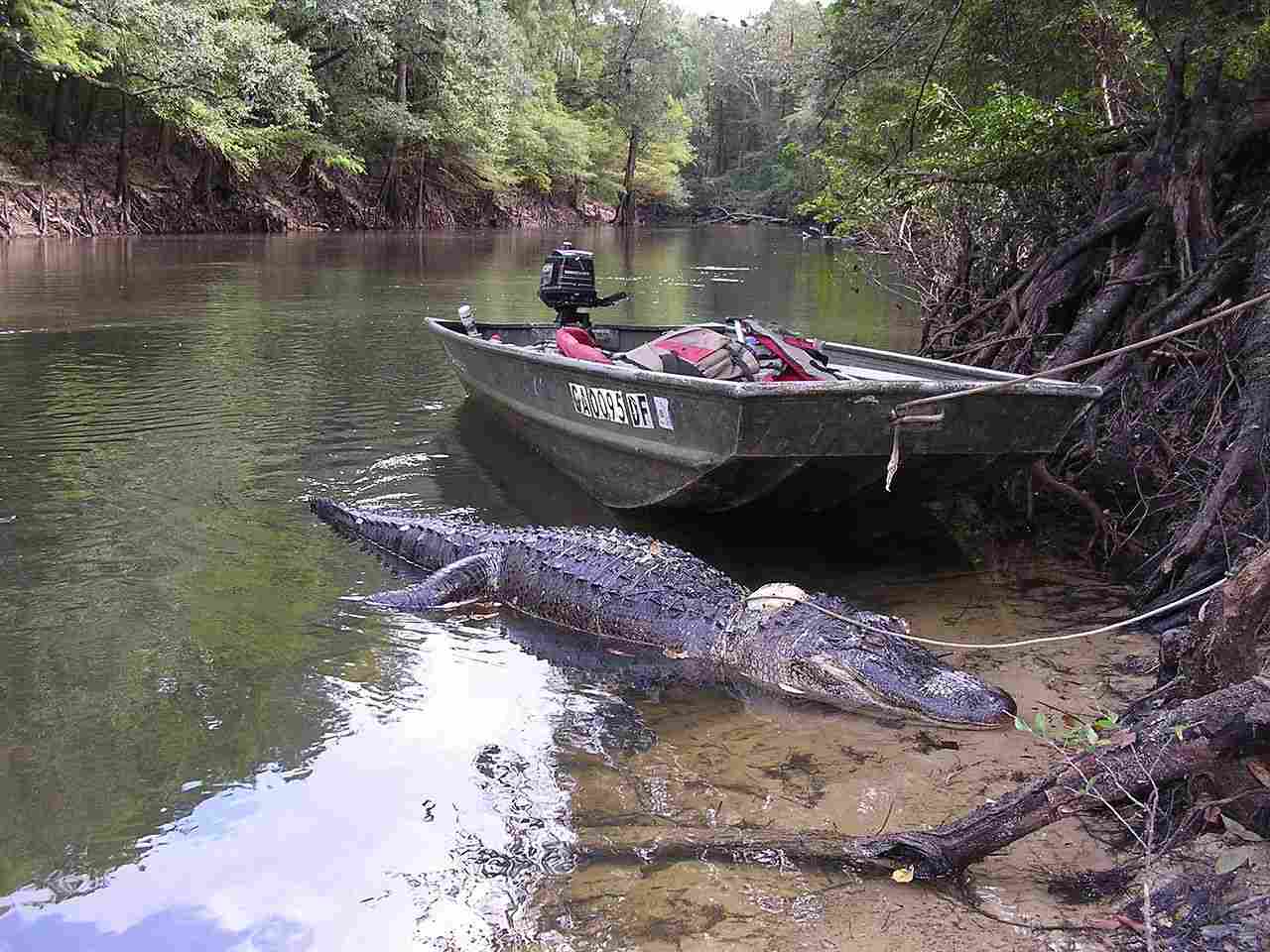
Komodo Dragon
Precautions around Komodo dragons include maintaining a safe distance, avoiding sudden movements, and seeking guidance from local authorities during visits to their habitats.
Tourists and researchers are advised to follow established safety protocols.
Crocodile
Precautions around crocodiles involve awareness of local habitats, avoiding swimming in areas known for crocodile presence, and following safety guidelines near water bodies.
Signs and education initiatives often inform people about potential risks.
Comparison:
Precautions for both species involve understanding their behavior, respecting their habitats, and adhering to safety guidelines to minimize risks.
Ecological Implications:
Proper precautions contribute to the coexistence of humans and wildlife, reducing potential conflicts and ensuring the conservation of these species.
24. Conservation Status:
Komodo Dragon
The Komodo dragon is listed as “Vulnerable” on the IUCN Red List.
Threats include habitat loss, poaching, and potential declines in prey populations.
Crocodile
Various crocodile species have different conservation statuses, with some listed as “Least Concern” and others as “Endangered” or “Critically Endangered.”
Threats include habitat destruction, illegal hunting, and pollution.
Comparison:
Conservation statuses vary among crocodile species, reflecting different levels of threat, while the Komodo dragon faces significant conservation concerns.
Ecological Implications:
Conservation efforts are crucial to maintaining biodiversity and ecological balance, emphasizing the need for habitat protection and sustainable practices.
*Summary of Comparison
Taxonomy:
Komodo Dragon: Kingdom Animalia, Phylum Chordata, Class Reptilia, Order Squamata, Family Varanidae, Genus Varanus, Species V. komodoensis.
Crocodile: Kingdom Animalia, Phylum Chordata, Class Reptilia, Order Crocodylia, Various Families and Genera.
Appearance:
Komodo Dragon: Robust build, compressed tail, armored scales, shades of gray or brown.
Crocodile: Streamlined body, thick scaly skin, elongated snout, variable colors.
Size:
Komodo Dragon: 7 to 10 feet.
Crocodile: Varies by species, some exceeding 20 feet.
Weight:
Komodo Dragon: 150 to 200 pounds.
Crocodile: Varies by species, some over 2,000 pounds.
Bite Force (PSI):
Komodo Dragon: 30 to 60 PSI.
Crocodile: Varied, with some exceeding 3,000 PSI.
Physical Offensive Advantages:
Komodo Dragon: Strong tail, serrated teeth, venom.
Crocodile: Powerful jaws, swift striking motion, ambush tactics.
Physical Defensive Advantages:
Komodo Dragon: Tough, scaly skin, size, agility.
Crocodile: Thick, armored skin, aquatic evasion.
Speed:
Komodo Dragon: Approximately 12 km/h.
Crocodile: Up to 20 km/h on land, adept swimmers in water.
Agility:
Komodo Dragon: Land agility, tree climbing.
Crocodile: Aquatic agility, short bursts on land.
Senses:
Komodo Dragon: Keen smell, vision, forked tongue.
Crocodile: Acute eyesight, pressure receptors on skin.
Overall Physical Capacity:
Both exhibit strength, agility, and specialized features for their environments.
Habitat Preference(s) and Geographic Region:
Komodo Dragon: Indonesian islands.
Crocodile: Various aquatic environments, widespread distribution.
Tracks:
Komodo Dragon: Claw marks, distinctive footprints.
Crocodile: Claw marks, webbed footprints, varies with habitat.
Lifespan:
Komodo Dragon: 20 to 30 years.
Crocodile: Varies by species, some over 70 years.
Mode of Feeding:
Both are carnivorous apex predators with distinct prey and hunting methods.
Intelligence:
Komodo Dragon: Moderate intelligence, social behaviors.
Crocodile: Advanced problem-solving, learning capabilities.
Social Behavior:
Komodo Dragon: Generally solitary, occasional social interactions.
Crocodile: Solitary and social behaviors, group dynamics.
Mode of Reproduction:
Both reproduce sexually, lay eggs.
Parental Behavior:
Komodo Dragon: Limited parental care.
Crocodile: Some species exhibit parental care.
Proximity to Human-Inhabited Areas:
Komodo Dragon: Limited proximity, tourism-related interactions.
Crocodile: Can inhabit areas close to human settlements.
Behavior Toward Humans:
Both can be dangerous, caution advised.
Danger Posed to Humans:
Both pose potential dangers, severity varies.
Associated Precautions:
Precautions involve understanding behavior, respecting habitats.
Conservation Status:
Komodo Dragon: Vulnerable.
Crocodile: Varies by species, some least concern, others endangered.
Conclusion
I). Similarities:
Both the Komodo dragon and crocodile are apex predators in their respective habitats.
They share a similar mode of reproduction involving the laying of eggs.
Human-wildlife conflicts and conservation challenges exist for both species.
II). Differences:
While both are dangerous to humans, the nature of the threat varies.
Crocodiles exhibit more diverse social behaviors, including potential group dynamics.
Lifespan, conservation status, and ecological roles differ significantly between the two species.

